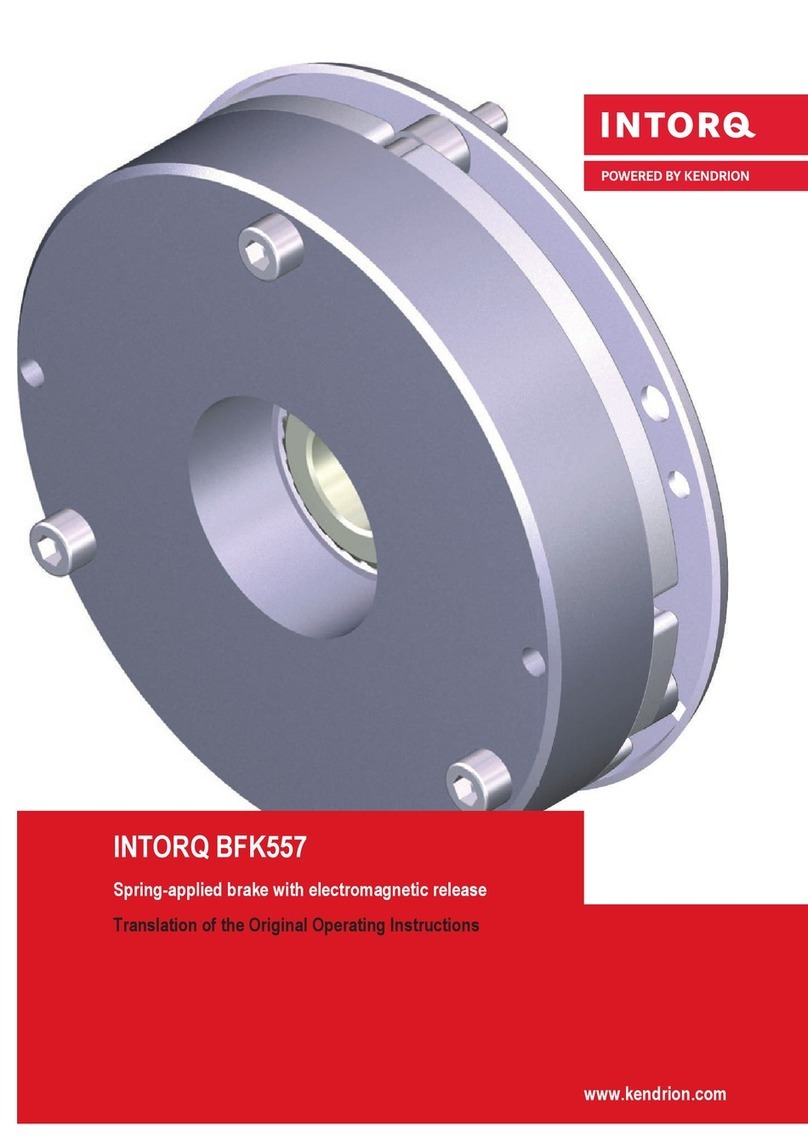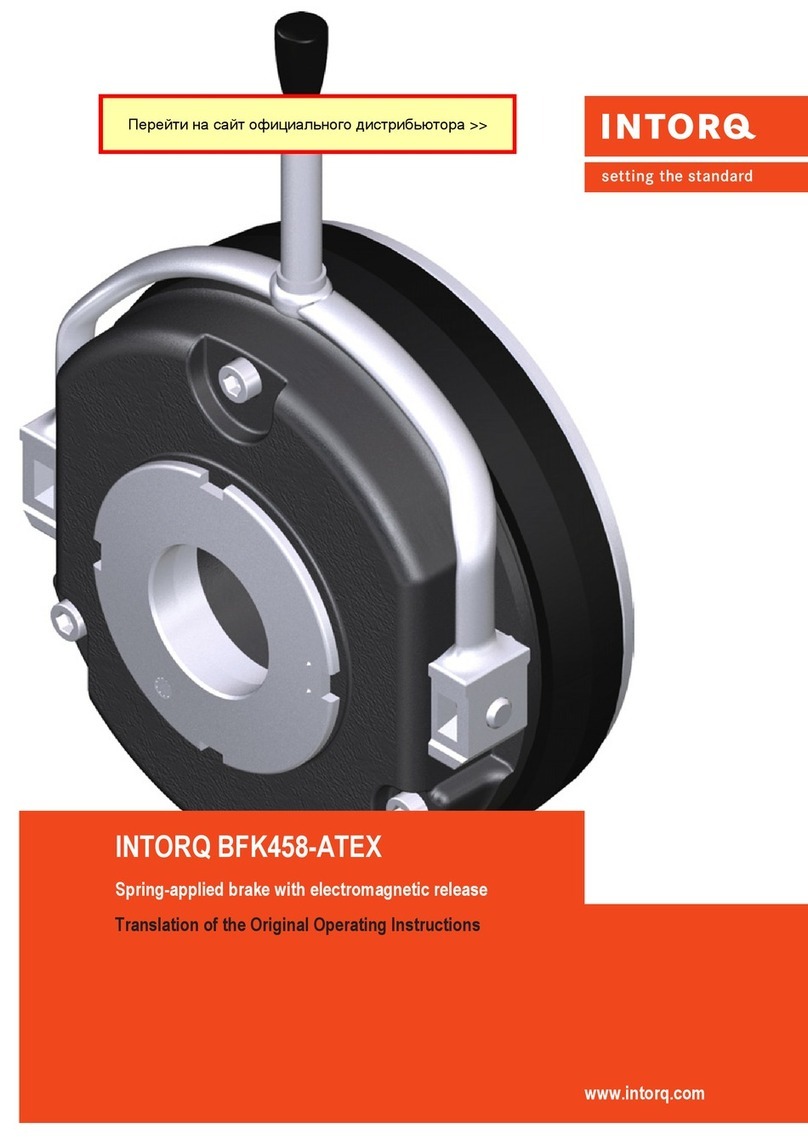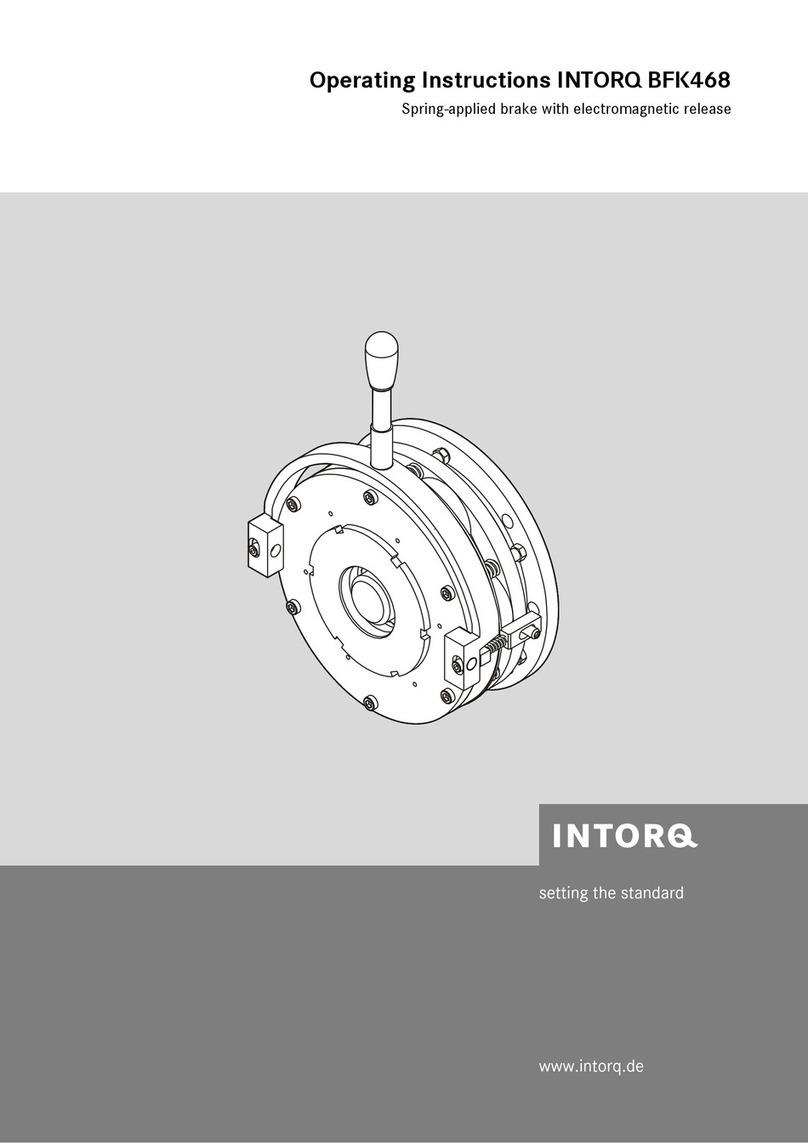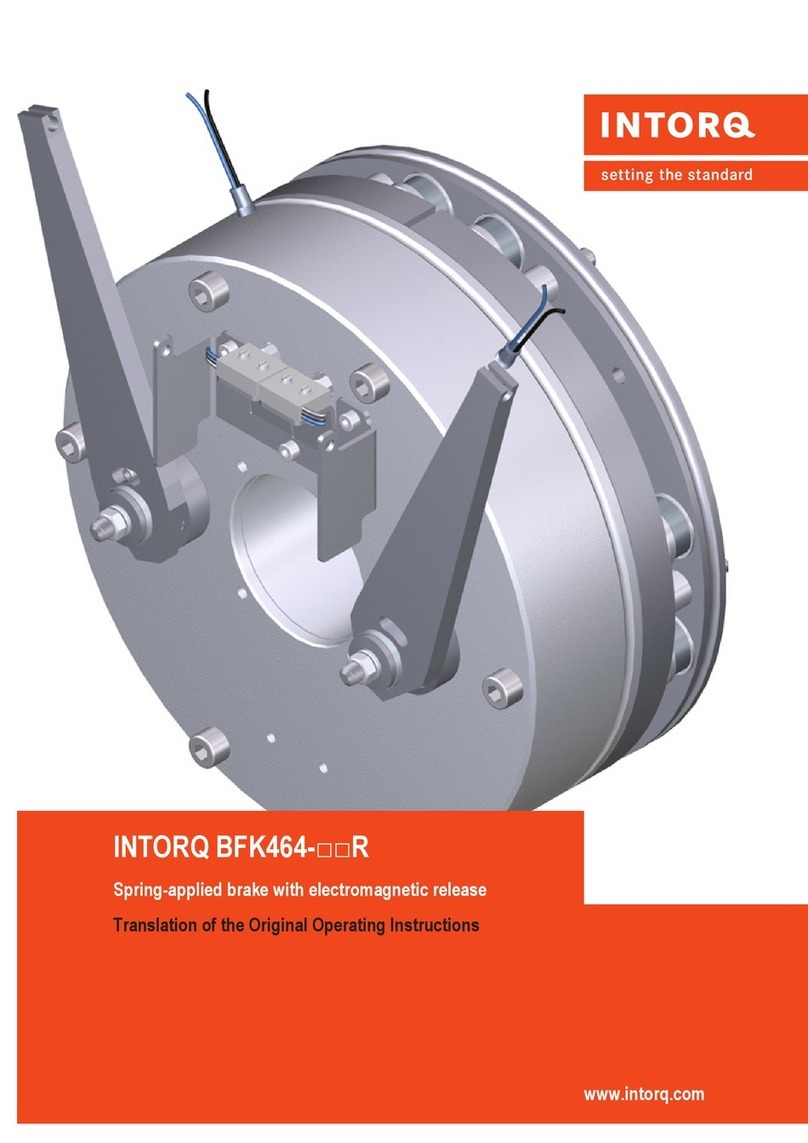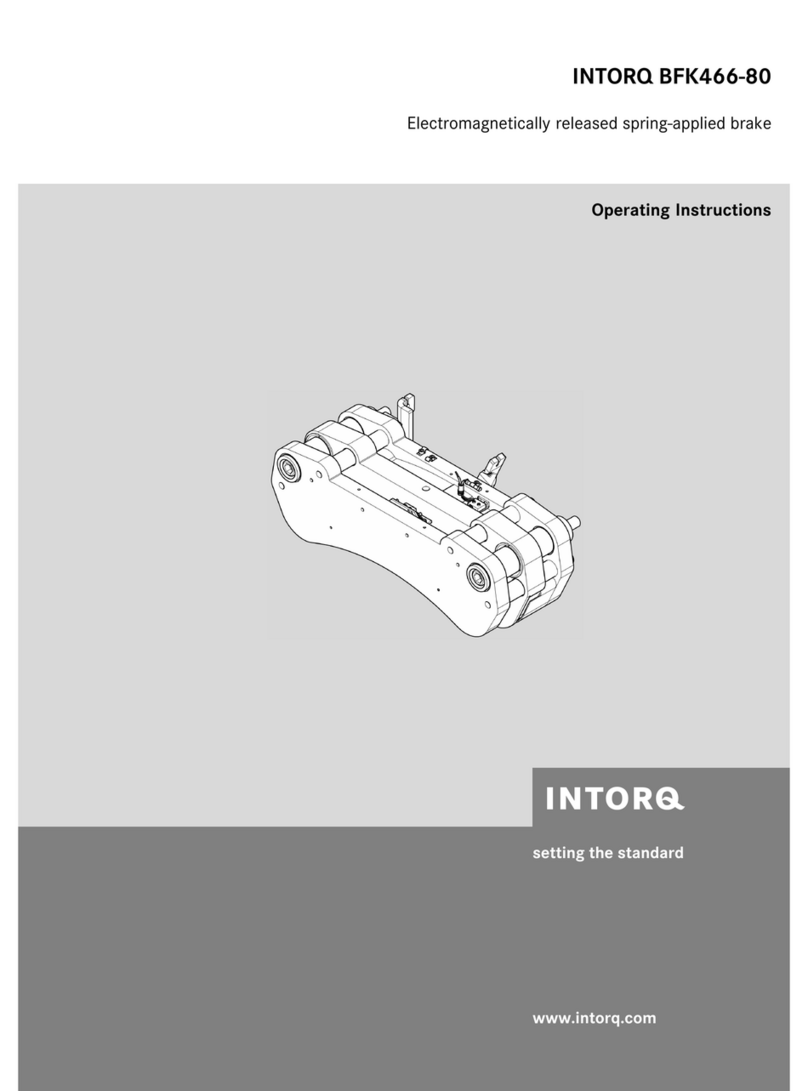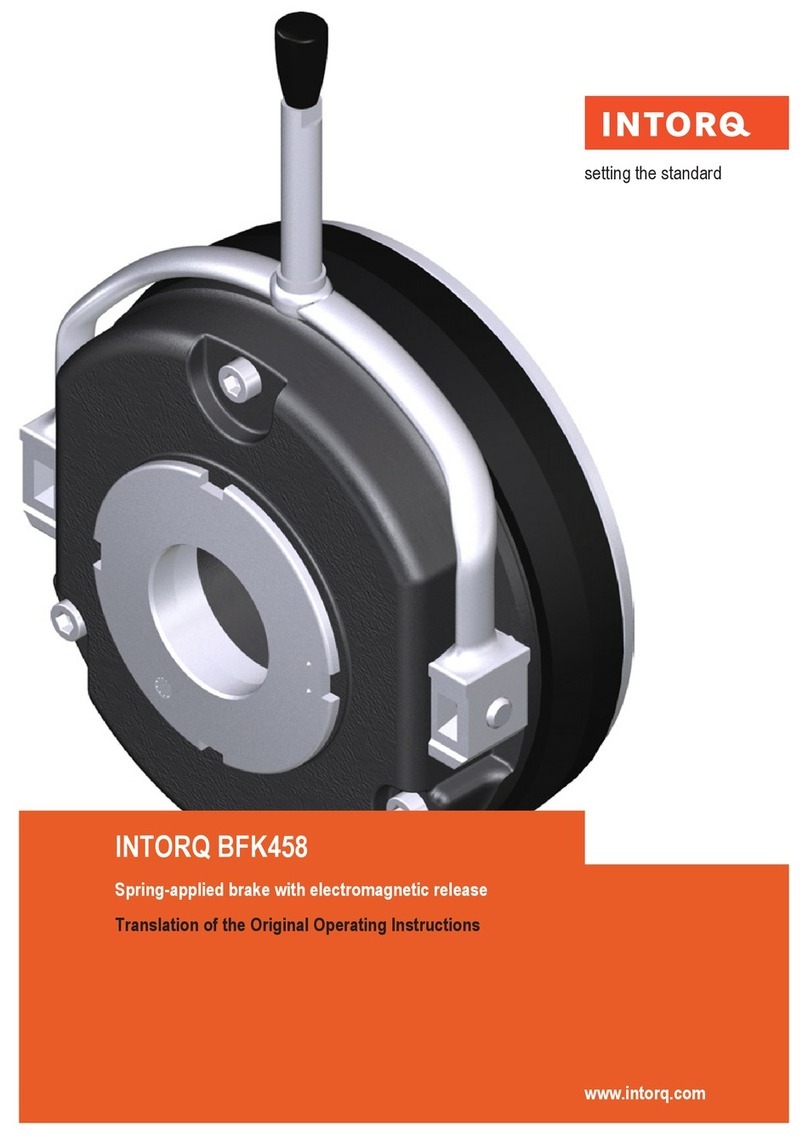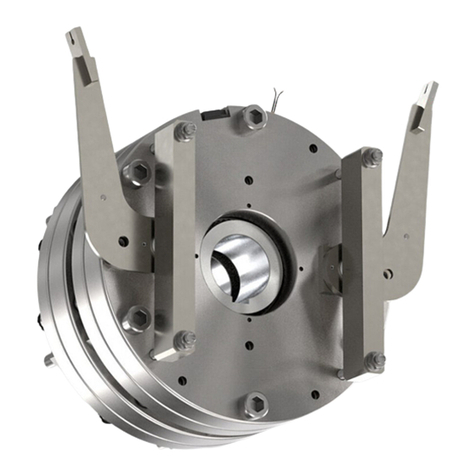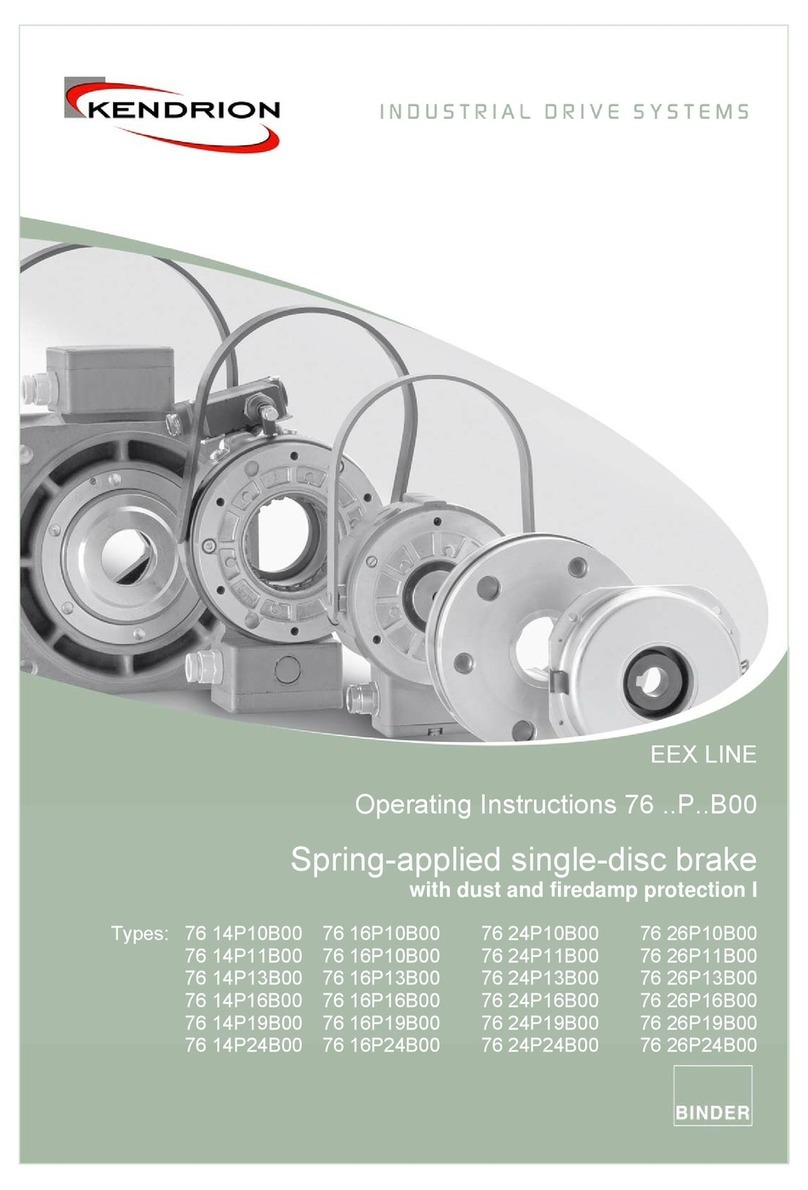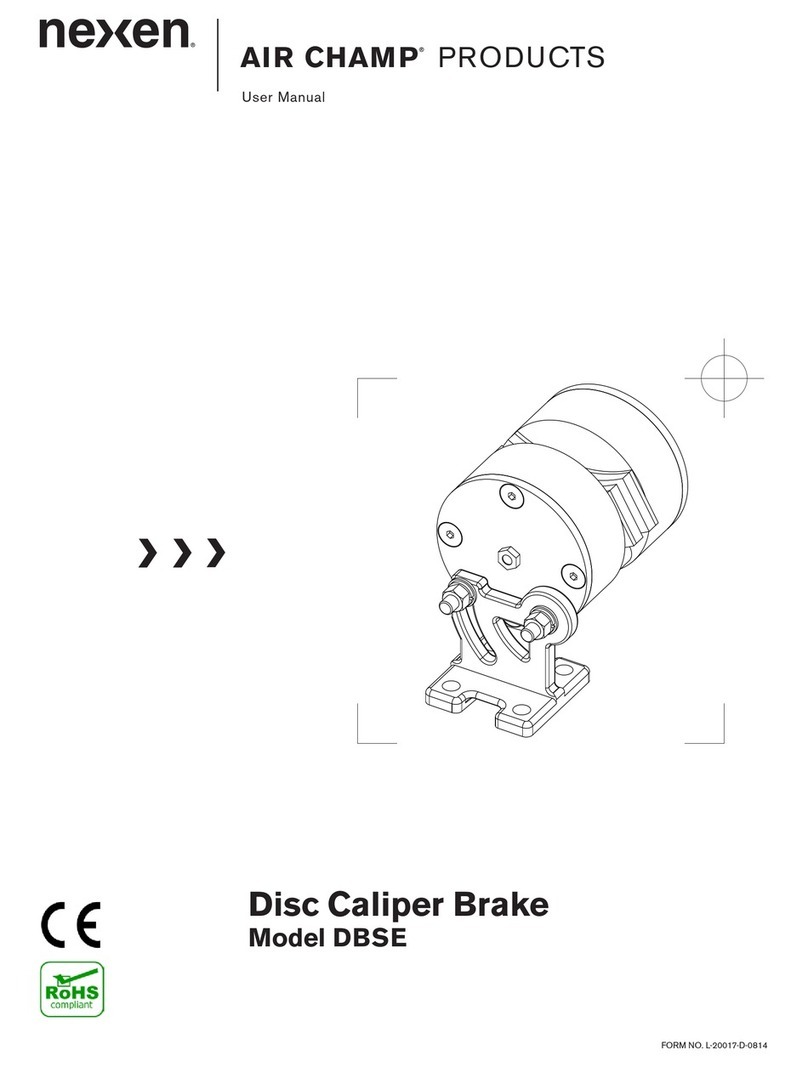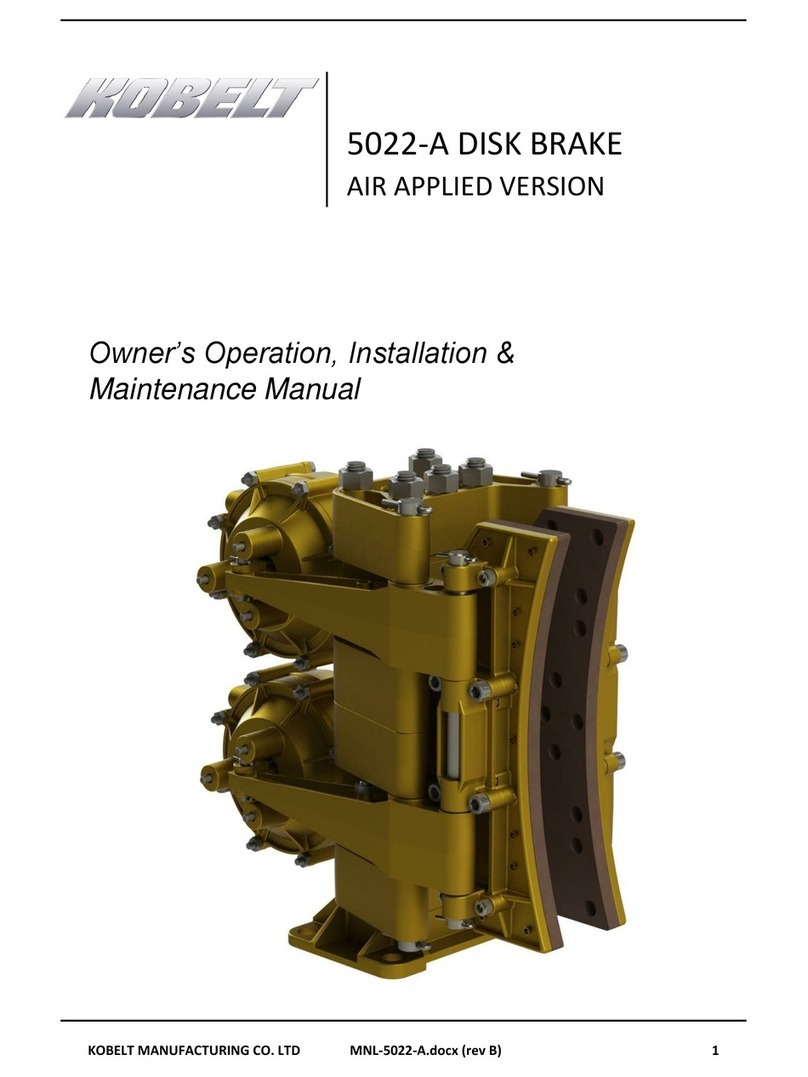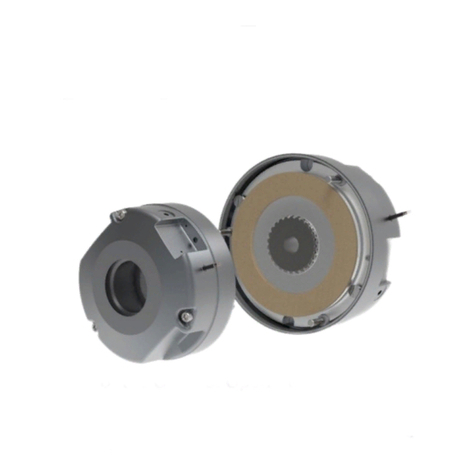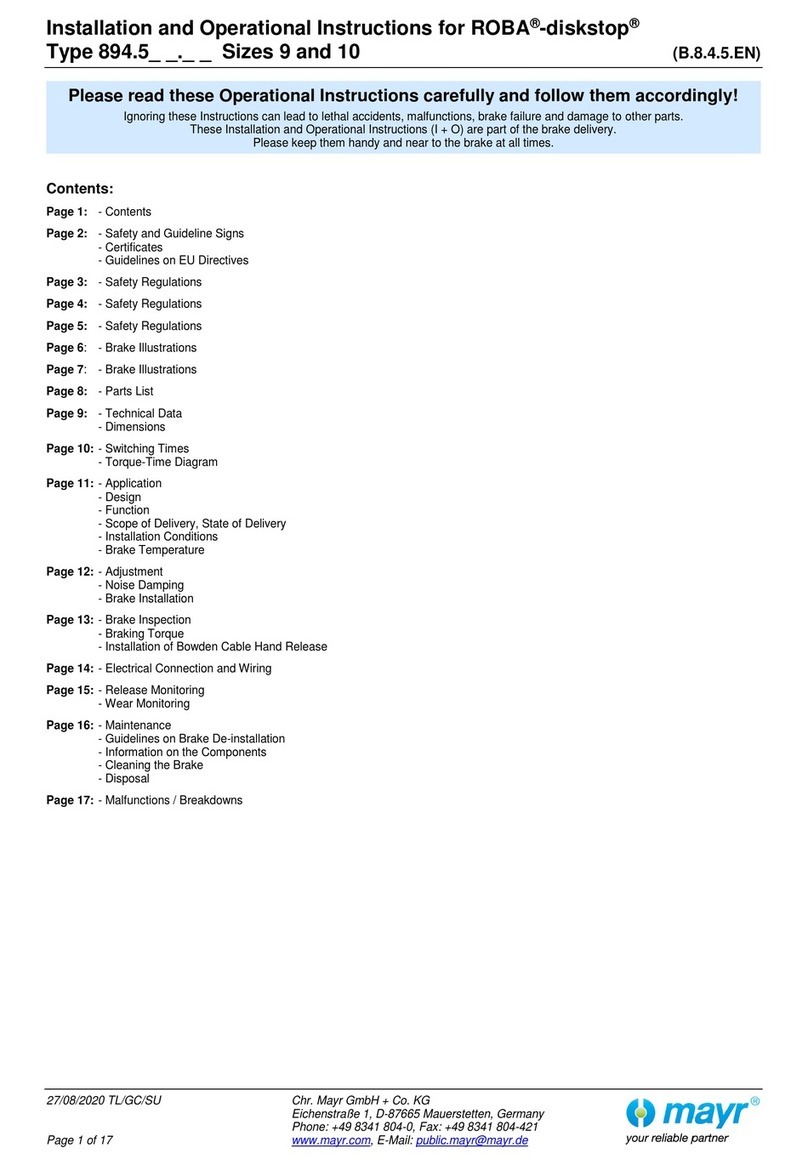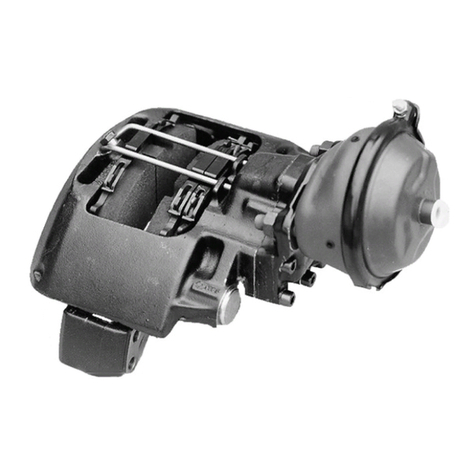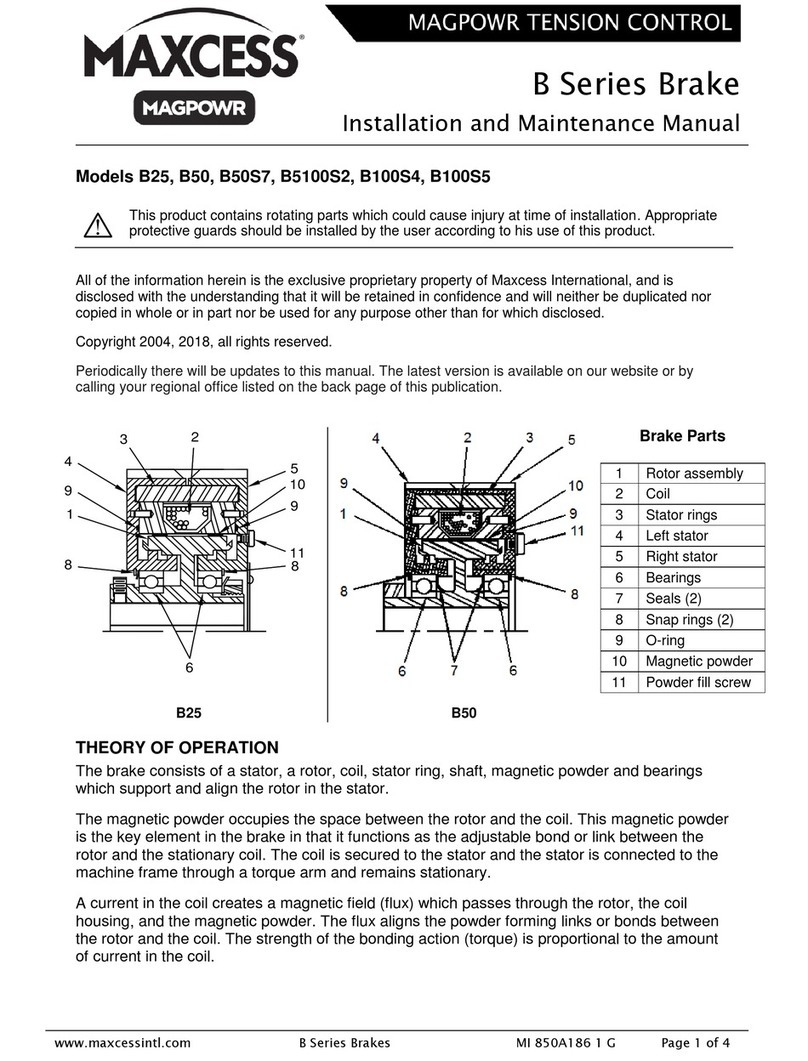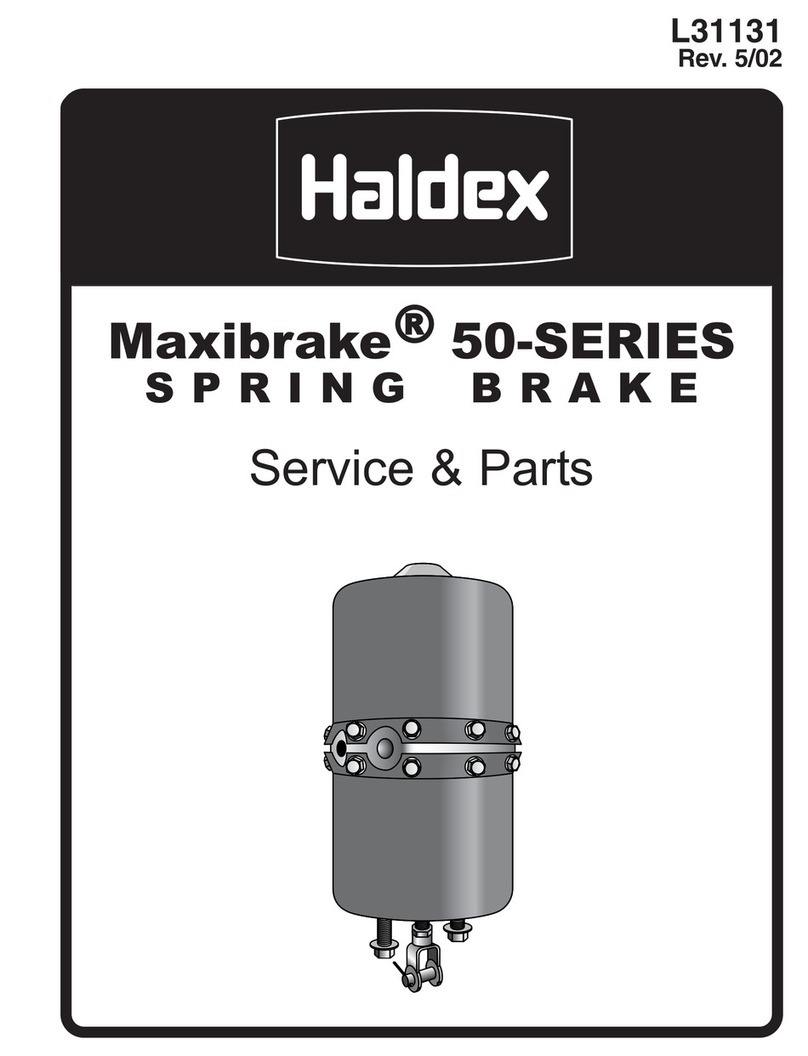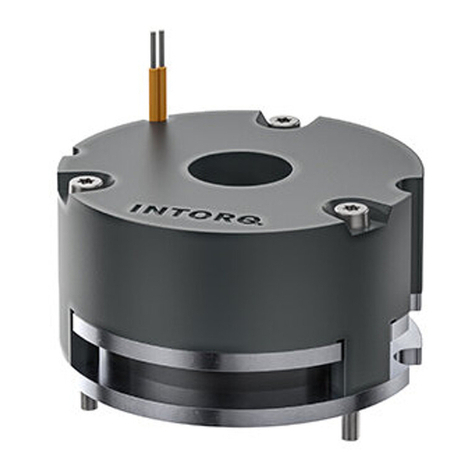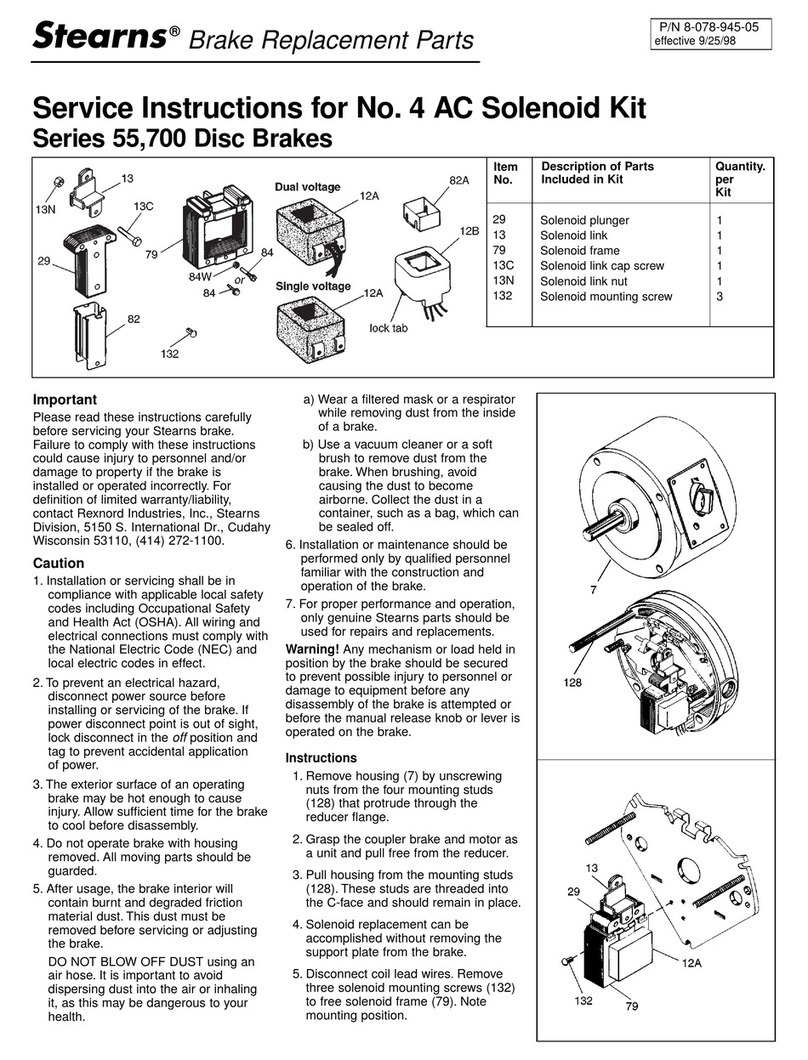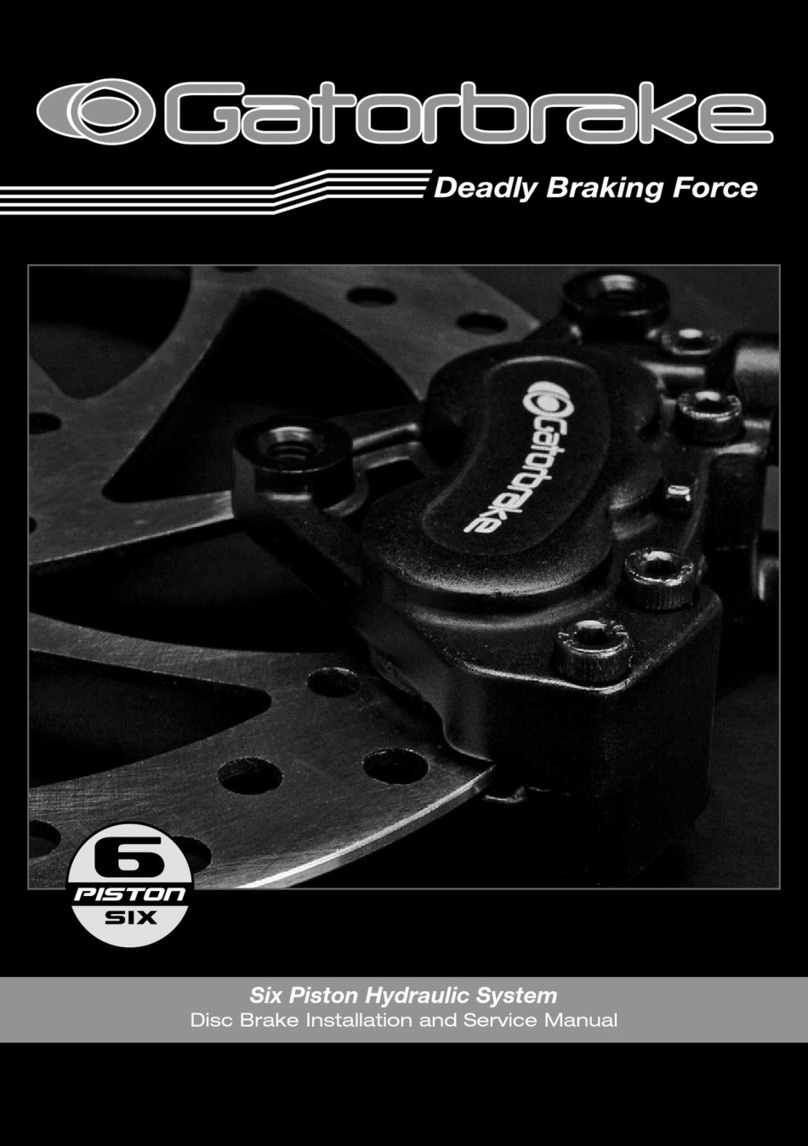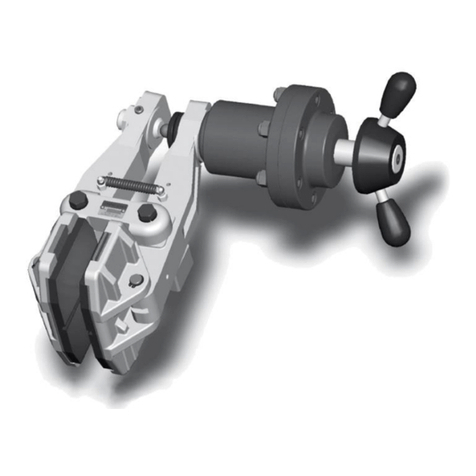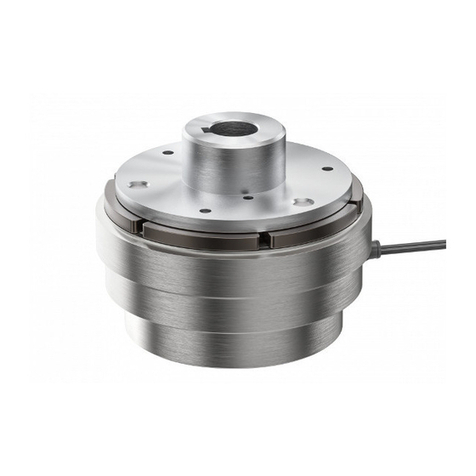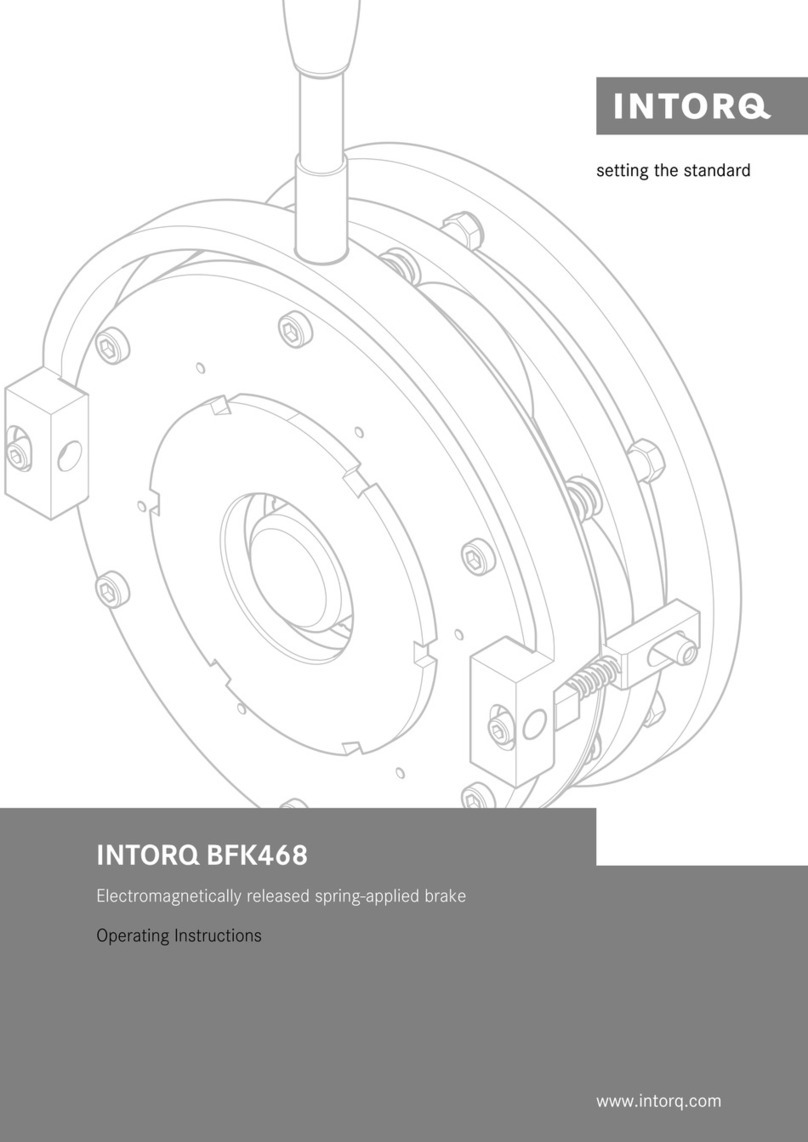
INTORQ | BA 14.0199 | 08/2016 4
Contents
1 Preface and general information ...........................................................................................................................5
1.1 About these Operating Instructions ...............................................................................................................5
1.2 Terminology used ..........................................................................................................................................5
1.3 Conventions in use ........................................................................................................................................5
1.4 Abbreviations used ........................................................................................................................................6
1.5 Safety instructions and notices .....................................................................................................................7
1.6 Scope of delivery ...........................................................................................................................................8
1.7 Disposal ........................................................................................................................................................8
1.8 Drive systems ................................................................................................................................................9
1.9 Legal regulations ...........................................................................................................................................9
2 Safety instructions ...............................................................................................................................................10
2.1 General safety instructions ..........................................................................................................................10
2.2 Application as directed ................................................................................................................................11
3 Technical specifications ......................................................................................................................................12
3.1 Product description .....................................................................................................................................12
3.2 Rated data ...................................................................................................................................................14
3.3 Rated data (dimensioning data) electrical data ...........................................................................................16
3.4 Switching energy / operating frequency ......................................................................................................18
3.5 Emissions ....................................................................................................................................................19
4 Mechanical installation ........................................................................................................................................20
4.1 Important notes ...........................................................................................................................................20
4.2 Assembly .....................................................................................................................................................22
5 Electrical installation ............................................................................................................................................25
5.1 Important notes ...........................................................................................................................................25
5.2 Electrical connection ...................................................................................................................................25
5.3 Technical data for inductive proximity sensors ...........................................................................................30
5.4 Minimum bend radius for the brake connection line ....................................................................................31
5.5 Bridge/half-wave rectifier (optional) .............................................................................................................31
6 Commissioning and operation ............................................................................................................................34
6.1 Important notes ...........................................................................................................................................34
6.2 Function checks before commissioning ......................................................................................................35
6.3 Brake with proximity sensor ........................................................................................................................36
6.4 Commissioning ............................................................................................................................................37
6.5 During operation ..........................................................................................................................................37
7 Maintenance and repair ......................................................................................................................................38
7.1 Wear of spring-applied brakes ....................................................................................................................38
7.2 Inspections ..................................................................................................................................................39
7.3 Maintenance ................................................................................................................................................40
7.4 Spare-parts list ............................................................................................................................................43
7.5 Electrical accessories ..................................................................................................................................43
8 Troubleshooting and fault elimination ...............................................................................................................44
